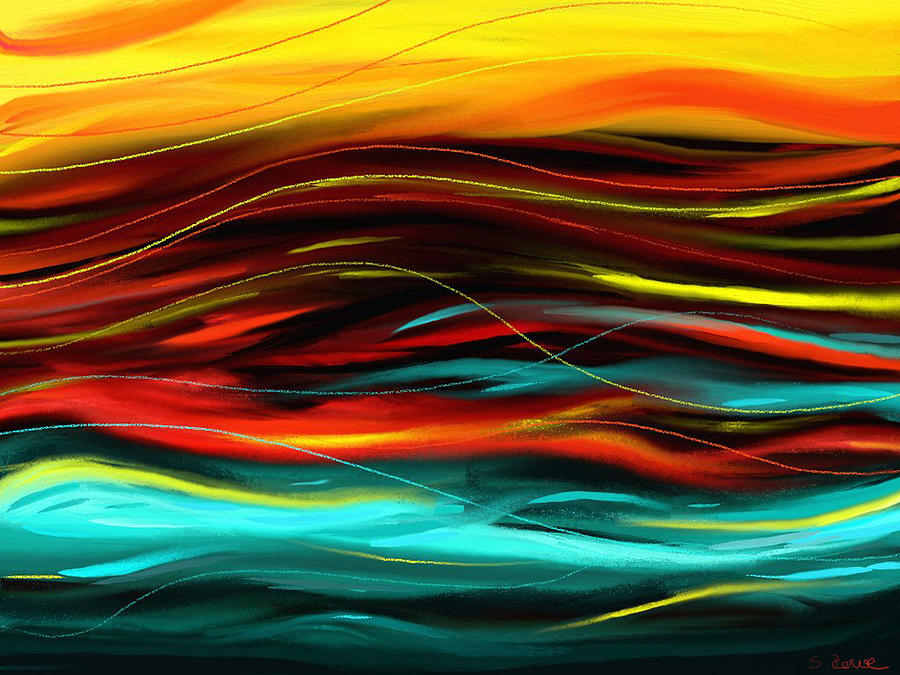
The perception that the “Great Wave” is a tsunami seems to be the consequence of translation, mistranslation, and association that has occurred since the image first circulated outside of Japan. Scientists concur, arguing that this iconic image should be read as a “plunging breaker” or a “rogue wave,” a freak occurrence caused by high winds and strong currents in the open sea rather than on the shore. After the Japan tsunami in 2011, historians took to radio and television in the UK to insist that Hokusai’s portrait was not, in fact, a tidal wave. Japanese historians have long resisted this interpretation, because Hokusai’s design is a work of the imagination and there is no evidence that he envisioned a tidal wave. This link is sometimes indirect, as when the image was used to discuss the one that occurred in 2011, and sometimes direct-as in claims in a recent article in the Economist that Hokusai was depicting the tsunami of 1700 in his woodblock print. There is no historical evidence specifically linking this artistic vision to a tidal wave.Īnd yet the “Great Wave”-along with its role as a symbol of disaster-is often linked to actual tsunami. But despite its topographical specificity, Hokusai’s print is a work of imagination open to interpretation. It’s a startling and playfully subversive juxtaposition-this wave caught in arrested motion that improbably steals the stage from the sacred volcano of Mt. The “Great Wave” is set off the coast of the Bōsō Peninsula, a region notorious for its rough seas.

In each of these, it is the sense of arrested movement that makes the wave come alive. In one woodblock printed book illustration, a magician conjures up a wave in the palm of his hand.
#Colorful wave drawings how to
Hokusai also created scenic views of waves breaking on a beach, designed waves to decorate combs and the transoms used in architectural interiors, and wrote instructional manuals for aspiring artists on how to paint incoming and outgoing waves. He made many variations of the drama of man and nature evoked in the “Great Wave.” Hokusai had an uncanny ability to capture waves in all their variety, and returned to the subject again and again over the course of a career spanning six decades, from the 1790s until his death in 1849. One minute they’re there and the next they’re gone-and we experience them only in the process of their disappearance. An impression of the print is currently on view in Hokusai, an exhibition at the Museum of Fine Arts in Boston. It is precisely because Under the Wave off Kanagawa has lent itself to so many reinterpretations that it has become a global icon, as instantly recognizable as a film or music celebrity. Since its creation 184 years ago, Katsushika Hokusai’s work, also known as the “Great Wave,” has been mobilized as a symbol of not just tsunamis, but hurricanes and plane crashes into the sea.

The 1831 woodblock print, Under the Wave off Kanagawa, depicts a swell of water that appears to engulf not only the boatmen delivering fresh fish to the city of Edo (known today as Tokyo), but even Mount Fuji.


 0 kommentar(er)
0 kommentar(er)
